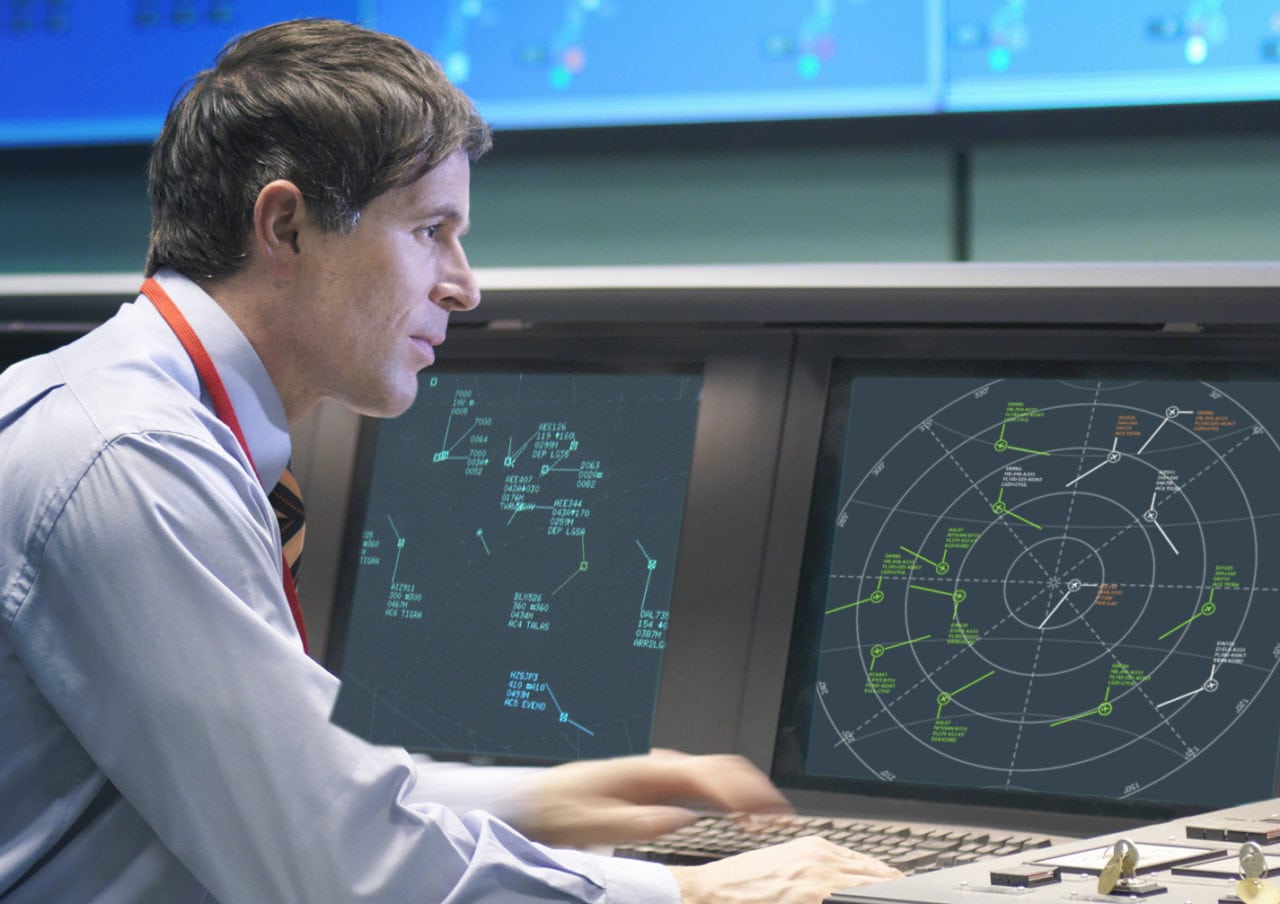[Avionics Today 12-17-2014] The cross industry task-force established by the International Transportation Aviation Association (IATA) to evaluate aircraft tracking safety technology and procedures following the tragic downing of Malaysia Airlines flight MH370, recently submitted its recommendations to close the gaps in aircraft tracking capabilities to the International Civil Aviation Organization (ICAO). The Aircraft Tracking Task Force (ATTF) submitted the report to be considered in the organization’s development of a Global Aeronautical Distress and Safety System (GADSS). According to IATA CEO Tony Tyler in a speech at the associations Global Media day in Geneva, GADSS “recommends that airlines evaluate their current tracking capabilities against the performance criteria and close any gaps within a 12 month time frame.”
 |
| IATA has submitted aircraft tracking recommendations for ATCs and operators. Photo: Aireon |
While the full report is not yet widely available, Tyler laid forth the following phases for airlines and operators to achieve complete, worldwide tracking capability:
1. In the short term, make use of what is already available in their fleets and areas of operation.
2. In the near term, look at the business case for upgrading equipment to meet the performance criteria.
3. In the medium term, monitor new technologies which will become available, including space-based systems
4. In parallel, work with manufacturers and other industry stakeholders to explore the possibility of making systems tamper proof.
These four phases serve to encourage rapid development in all areas of terrestrial aircraft tracking technology in the short term, according to Don Thoma, president and CEO of Aireon. “The recommendations were really to use all available means to try to comply with a tracking capability both to their operation center as well as to the [Air Traffic Control] ATC authority. It allows for technology upgrades that are occurring and clearly, when you read it, it covers everything from improved [Aircraft Communications Addressing and Reporting System] ACARS and [Controller Pilot Data Link Communications] CPDLC (data link type communications) to additional [Automatic Dependent Surveillance-Contract] ADS-C and space-based [Automatic Dependent Surveillance-Broadcast] ADS-B in that case, once it comes forward.”
While improving current data link technologies will help close gaps now, in the long term both the task force and Thoma turn to space-based systems like the satellite ADS-B service that that Aireon aims to provide. Aireon, a joint venture by Iridium Communications and Nav Canada, is building its tracking capabilities onto those technologies that North American and European operators must equip with to comply with upcoming terrestrial ADS-B Out mandates. This will allow oceanic and global ADS-B tracking of aircraft without any additional cost or equipage to airlines, which Thoma feels is another advantage to the upcoming technology.
“The reality is that 2020 mandates for Europe and the U.S. as well as Australia and Singapore are going to drive equipage for the majority of the fleet,” said Thoma, elaborating that further ADS-B mandates are expected to come out of Latin America soon and all new aircraft come with the capability already installed. “Our view on that is it’ll be pretty clear — since the mandates already exist — that a global tracking capability for a remote airspace will fall very nicely within the capabilities of a space-based solution like space-based ADS-B.”
Terresestrial ADS-B systems ground infrastructure has already been put in place in North America and Europe, in many cases, but there are still gaps in oceanic coverage where radar can’t reach. This is where Aireon’s network comes into play, as it makes it possible to deliver complete surveillance data to Air Navigation Service Providers (ANSPs) that purchase the service when it comes available in 2017. But those that don’t purchase Aireon’s service will also be privy to the tracking capabilities and information in emergency scenarios through the company’s Aircraft Locating and Emergency Response Tracking (ALERT) service. ALERT plans to provide “accurate and immediate location data for aircraft in emergency situations as a public service,” according to Aireon’s website.
“The [ALERT] service will provide information on any aircraft that’s gone missing, that’s lost communication with the aircraft operator or with the air traffic control organization and provide that data in an authorized, secure manner to support any search and rescue or emergency contact ability that they would need to perform under their obligations as a search and rescue authority,” said Thoma. “Our view is that finding an occasional, very infrequent lost aircraft is not a business model. We think that’s just a public service we need to provide to our airline and air traffic control customers, if you will, and community as a whole given that the main purpose of our business is to improve efficiencies and safety for air traffic control organizations.”
Even with organizations like Aireon in place to provide the satellite ADS-B solution to operators as it comes available and, hopefully, cut prevent another tragedy such as MH370, Tyler warned that there is ultimately no panacea when it comes to safely, securely and unerringly tracking aircraft worldwide.
“The public should be aware that there is no silver bullet solution on tracking,” said Tyler. “The industry is working to improve, but some issues such as tamper proofing, will take time to address and implement.”